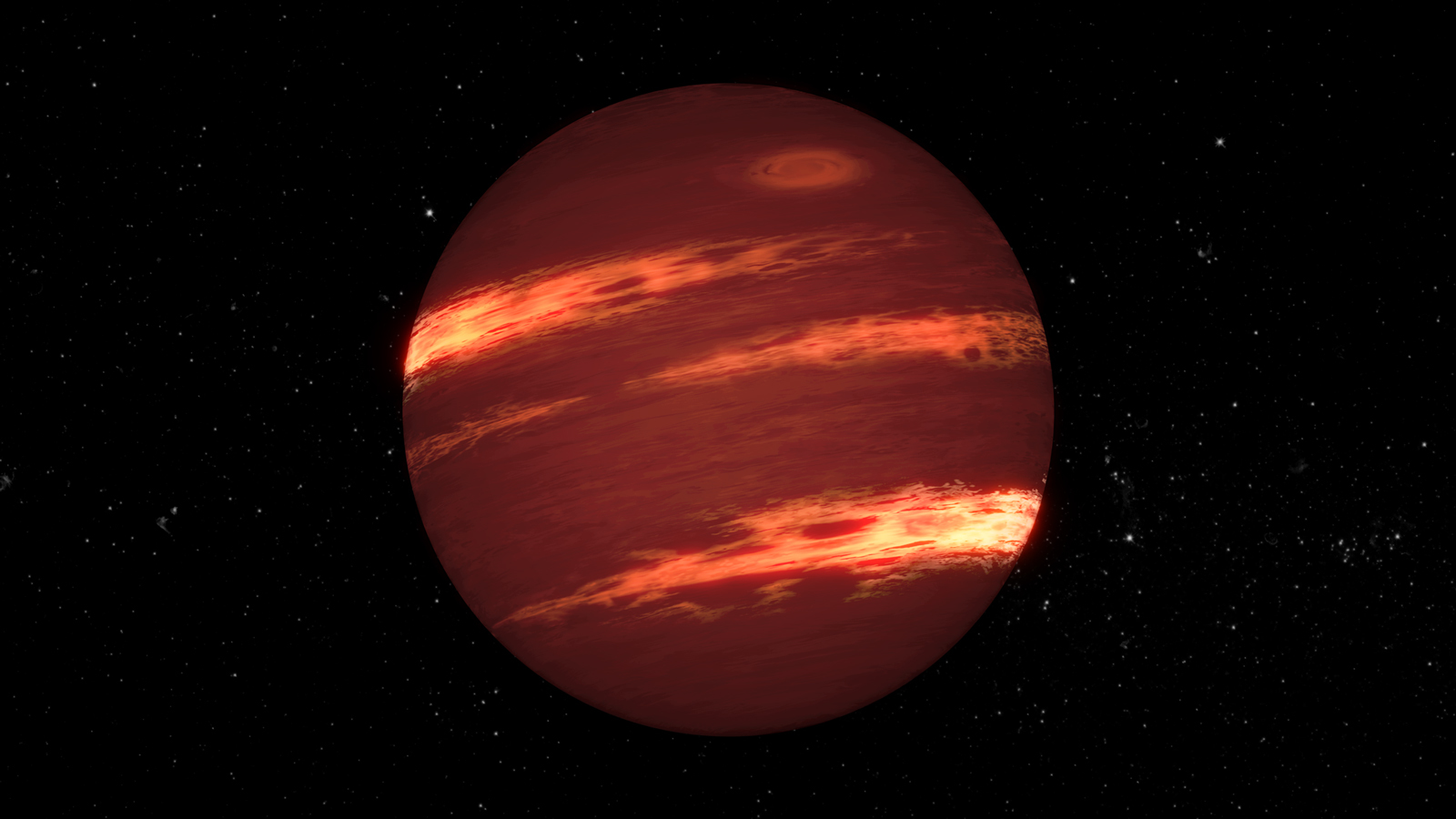Yes, a star can become a planet, but this transformation only occurs on a very special kind of star, the brown dwarf. Some scientists do not consider brown dwarfs to be real stars because their mass is not enough to ignite the nuclear fusion of ordinary hydrogen.
At the same time, some scientists do not think that brown dwarfs are real planets, because they are usually located in the center of the solar system like stars. A brown dwarf is a strange object with a mass greater than the largest conventional planet (i. Yes. 13 times the mass of Jupiter) and smaller than the smallest conventional star (i. Yes. Less than 80 times the mass of Jupiter). Although the brown dwarf does not have enough inward gravity to ignite nuclear fusion of conventional hydrogen, it does have enough to ignite nuclear fusion of heavy hydrogen (deuterium).
In the early life of brown dwarfs, the nuclear fusion of heavy hydrogen released a lot of light and heat. As a result, a young brown dwarf glows like an ordinary star. Although its name is brown, dwarves that still glow will not appear brown. Instead, it looks magenta or reddish orange. Although it started as a star, the brown dwarf quickly ran out of its heavy hydrogen, turned black and cooled, and spent the rest of its life as a planet.
Heavy hydrogen atom is like normal hydrogen atom, in addition to its proton, there is a neutron in the nucleus. The extra particles in the nucleus make it heavier. The neutron also acts like an additional nuclear glue, making it easier for two heavy hydrogen atoms to fuse together.
In addition, heavy hydrogen is rarer than regular hydrogen in the universe and stars. Therefore, brown dwarfs cannot burn their regular hydrogen and quickly burn their heavy hydrogen (because there is very little of it). As a result, a brown dwarf stopped glowing and heating early in life. Then, it steadily cools and darkens until it behaves more like a planet like Jupiter.
Despite the fact that a typical brown dwarf is still located in the center of the solar system like a regular star, it looks like a planet for the rest of its life. In such a solar system, the end result is a collection of planets orbiting the large central planet, and no stars can be found anywhere.
Such a solar system eventually becomes very cold and dark. (Note that some brown dwarfs orbit regular stars. ) As of 2018, the telescope has identified more than 3,000 different brown dwarfs. This does not mean that brown dwarfs are rare. This just means that brown dwarves are hard to spot.
This makes sense when you remember that brown dwarves were as dark as planets for most of their lives. A recent statistical analysis estimated that there are as many brown dwarfs in our Milky Way as regular stars.


/view-of-jupiter-from-one-of-its-moons-10177115-58e414955f9b58ef7e500e7a.jpg)

0 Comments
Please Share Your Valuable Opinion